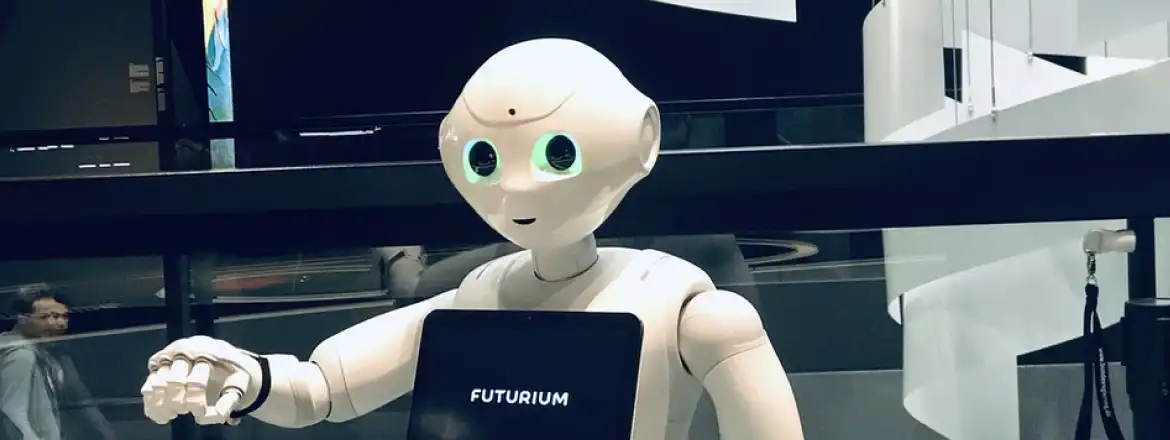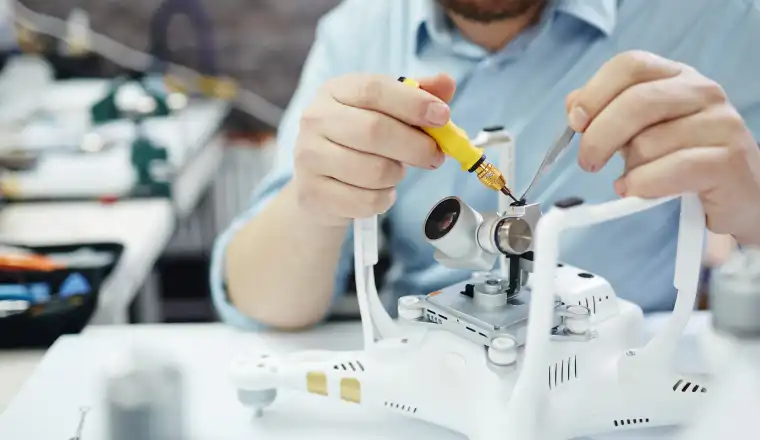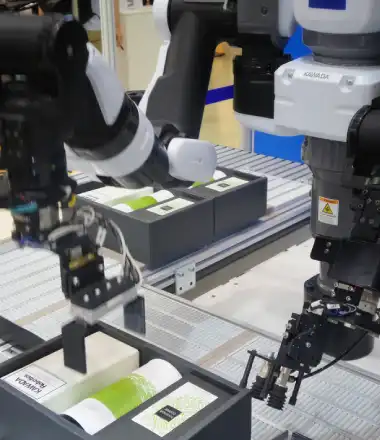Role of Intellectual Property in Robotics

Table of Contents
These days when you say robotics or artificial intelligence (AI), the first thing that comes to mind is futuristic, state-of-the-art technology propelling and transforming the world. Its potential to transform many, if not all, aspects of human lives are huge, from supermarkets to schools to hospitals to your very own private kitchen.
However, robotics technology is not a new concept. It has been in existence and has played a role in specific industries like manufacturing and automotive factories. It has only been in recent years with new science and technology breakthroughs, and fields of research combined with robotics that the idea of having an advanced robotics technology that has much more potential has risen.
Robots have now become fully autonomous and integrated with Artificial Intelligence. They are invented with the ability to operate and “decide” without human intervention and logic.
What is Robotics Technology?
Robotics is the brainchild of science, engineering, and technology. It encompasses the entirety of creating a robot from the design concept to its construction, operation, and application. These robots are designed to have the ability to read and understand their environment and calibrate their actions to achieve a goal.
Gone are the days when robots are invented and programmed to speed up industrial manufacturing processes. These days the fields of robotics have vastly improved.
The Impact of Robotics Technology
Innovations in the robotics field are happening, and it is happening at a breakneck speed. It is bringing science fiction into real life. It is highly collaborative, research-intensive, and is becoming increasingly complex. With the number of human activities requiring its use increasing over the years, it is no wonder that the demand for innovations and inventions in the field of robotics is high.
With the diversity of potential applications of this technology, it means that consumers can expect to gain a wide range of robotics-related products, from healthcare to military. It can play a crucial role in carrying out tasks that may be considered too hazardous to humans or assisting humans with limited mobility.


Intellectual Property in Robotics
With the speed of robotics technology gaining momentum over the last decade, inventors and developers are now not only facing traditional technical challenges, they now find themselves facing competitiveness at a much higher and complex level. This is where the role of Intellectual Property comes into play.
Since 2009, there has been an increase in the number of granted robot patents published worldwide. This is indicative of the fact that there is an enormous increase in research and development in the field of robotics and the importance of protection of robotics Innovations. And with this large-scale increase comes the substantial need to protect innovations and technology.
Expert Insight: Having a robust intellectual property portfolio provides several advantages for big or small companies. With intellectual property rights in place, the robotics company has a better advantage of positioning themselves with potential investors. It is also able to protect competitive threats, build a reliable brand name, and protect the company from intellectual property theft. As technology continues to mature, it is expected that the need for intellectual property protection will increase.






